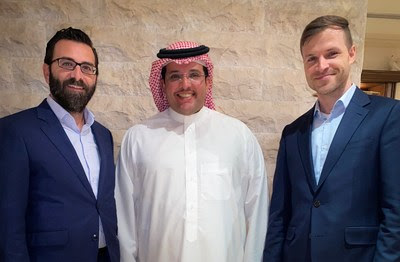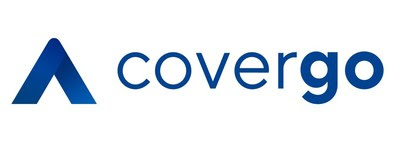The overall protection objective is to ensure that refugees and asylum-seekers have access to asylum, fair and swift asylum procedures as well as full enjoyment of their rights as set forth in international and domestic legal framework. It remains crucial for partners to continue strengthening the capacity of Government institutions to respond to emergencies, supporting improvements in registration and the asylum system. This needs to be done while continuing the provision of life-saving services, monitoring, mitigation of protection risks and finding durable solutions. Efforts will continue to reinforce comprehensive feedback and response mechanisms, to ensure accountability to affected populations (AAP). The response will continue to place a special emphasis on persons with specific needs (PSNs), ensuring that they have equal access to protection, assistance, and the opportunity to participate in community self-management and decision-making. The provision of mental health and psychosocial support services (MHPSS) is key in responding to the negative social economic impacts of the COVID-19 pandemic, through a comprehensive coordination mechanism.
Product Scope
This product covers overview of the sector, key achievements, funding situation including Gender Based Violence (GBV) and Child Protection (CP), Registration, Refugee Status Determination (RSD), Community Based Protection (CBP), MHPSS, Legal and Feedback Referral and Resolution Mechanism (FRRM). It leaves out details of CP and GBV, which have been analyzed in separate dashboards.
Analysis of achievements of the sector
Refugee Status Determination (RSD)
From January – September 2022, the Refugee Eligibility Committee deliberated 16,361 asylum applications of 29,737 individuals largely involving Somalis, Eritreans, Ethiopians, Sudanese, Rwandans, Burundians, and other Nationalities. Of the 14,973 cases listened to, 24,697 individuals were granted refugee status while 1,150 cases of 4,266 individuals were rejected on first instance. South Sudanese refugees are granted refugee status on prima-facie basis, hence they do not go through individual RSD process except for a few cases. Most Congolese refugees are also recognized on prima facie basis, specifically those who enter Uganda through the official border entry points. The limited number who go to the settlements directly or to the urban centers undergo the individual RSD process. The Refugee Appeals Board (RAB) continued to hear appeal applications for cases from the Refugee Eligibility Committee. Since January 2022, the RAB has held 11 sessions, and reviewed 256 appeal cases of 886 individuals.
Accountability to Affected Populations (AAP) and Community-Based Protection (CBP)
The inter-agency Feedback, Referral and Resolution Mechanism (FRRM) helpline handled a total of 10,158 queries in Q3, which represents a 21% decrease compared to the preceding quarter. Of the queries, 59% were resolved directly at the helpline level using FAQs, while 41% were referrals to UNHCR and partner focal points for follow-up and assistance. Of the calls received, 54% originated from just three locations (Nakivale: 2,363, Kyaka: 1,841, Kampala: 1,292). The majority of calls received across all locations were related to food assistance, protection, and general queries. UNHCR continued the coordination of interventions, ensuring the mainstreaming of accountability to affected people (AAP) within the operation, strengthening the communication with communities (CwC), conducting capacity building initiatives on AAP, AAP-aware contingency planning for the Congolese influx into Southwestern Uganda, and natural disasters in the Eastern Uganda region.
The Refugee Engagement Forum (REF) sat for its fifteenth session, where refugee representatives participated in the side event held before the CRRF Steering Group (SG) meeting. The meeting provided the opportunity for refugees to bring-out challenges and recommendations aimed at improving their living conditions in the settlements. UNHCR with support from Impact Initiatives, is planning for the 2022 participatory assessment scheduled from November to 31st Dec 2022. It is intended to build on findings of the exercise in 2021 and to collect the feedback and contributions from communities on the key sectors of the refugee response across the settlements and Kampala.
Source: UN High Commissioner for Refugees


